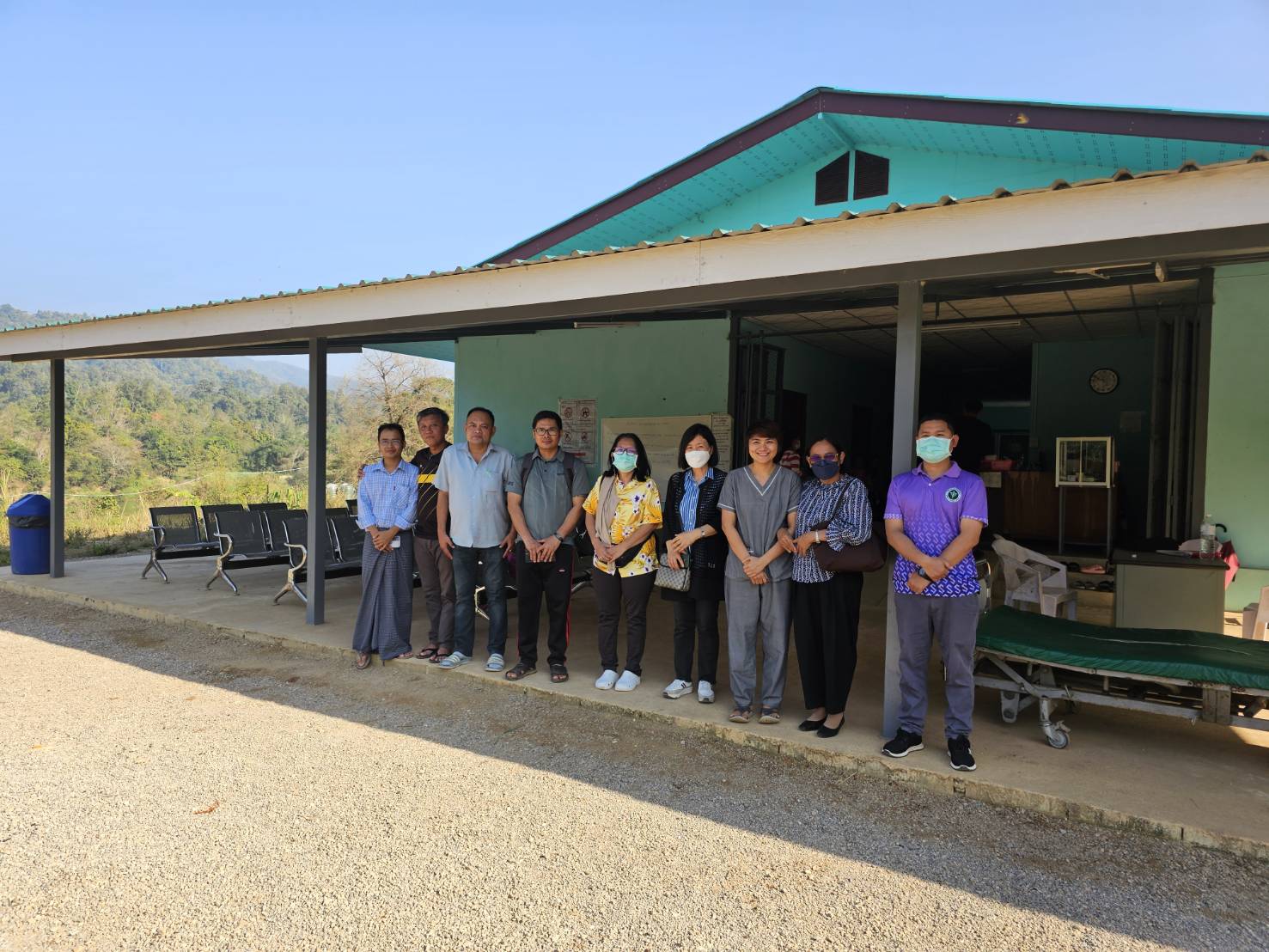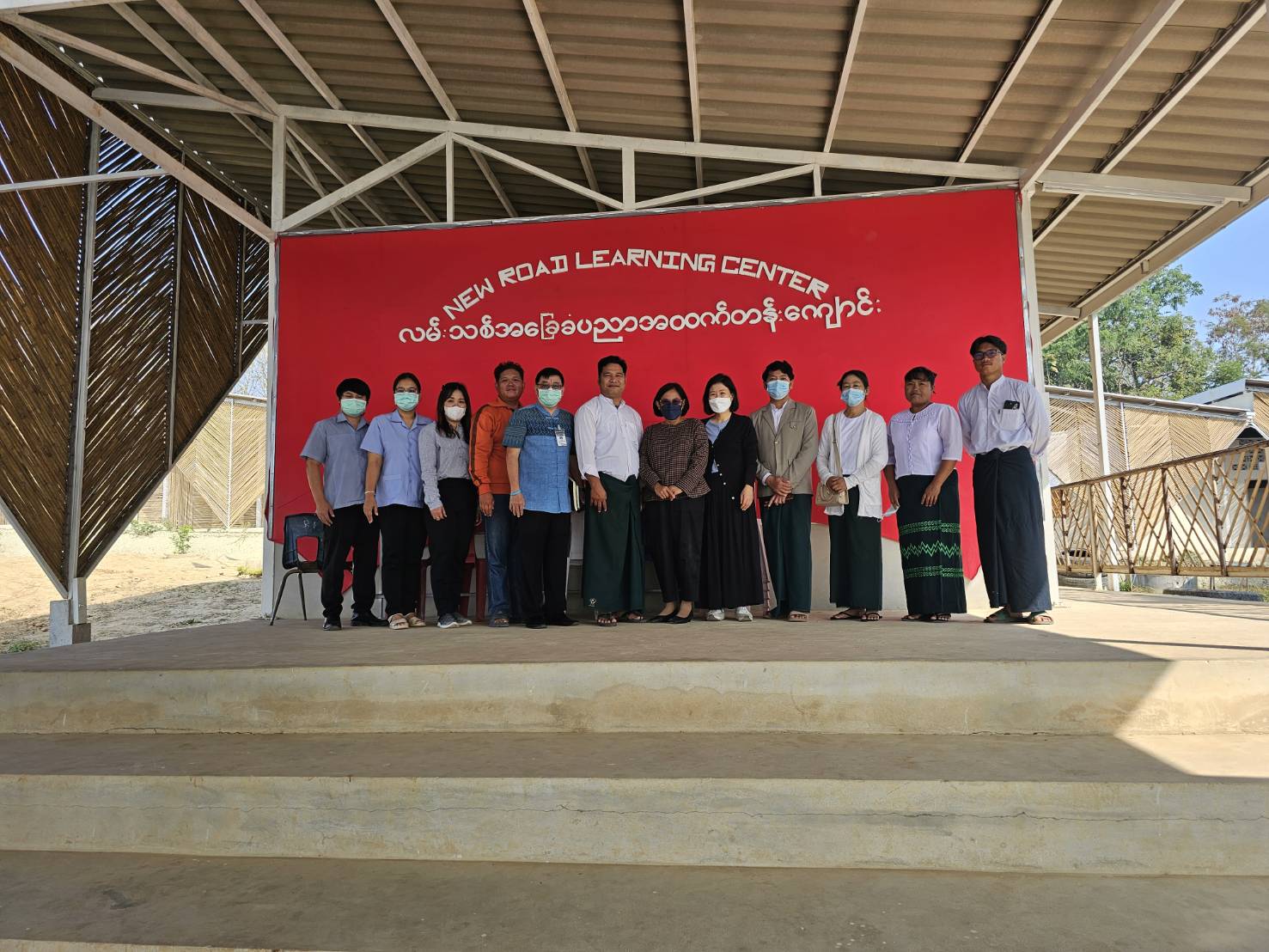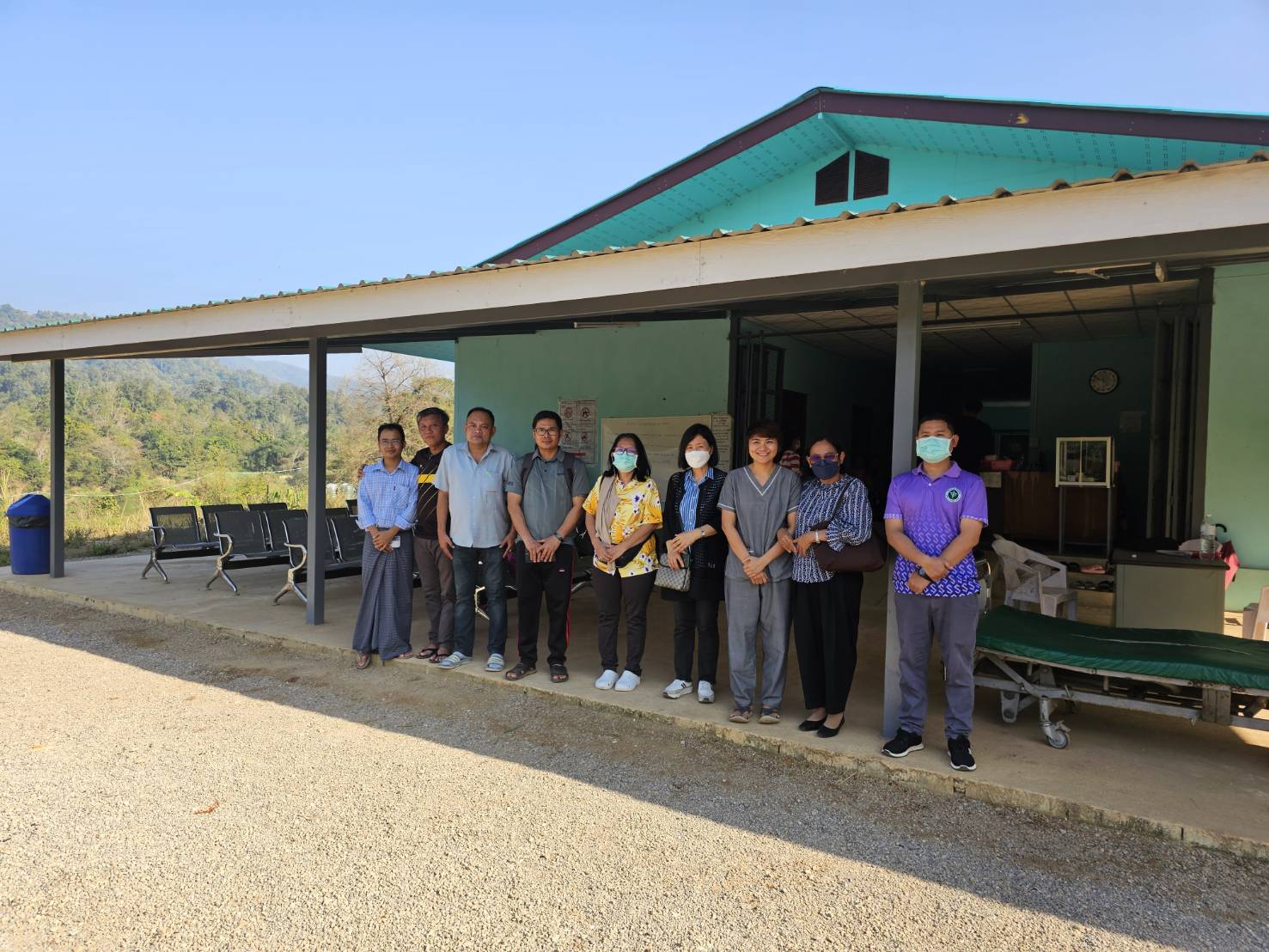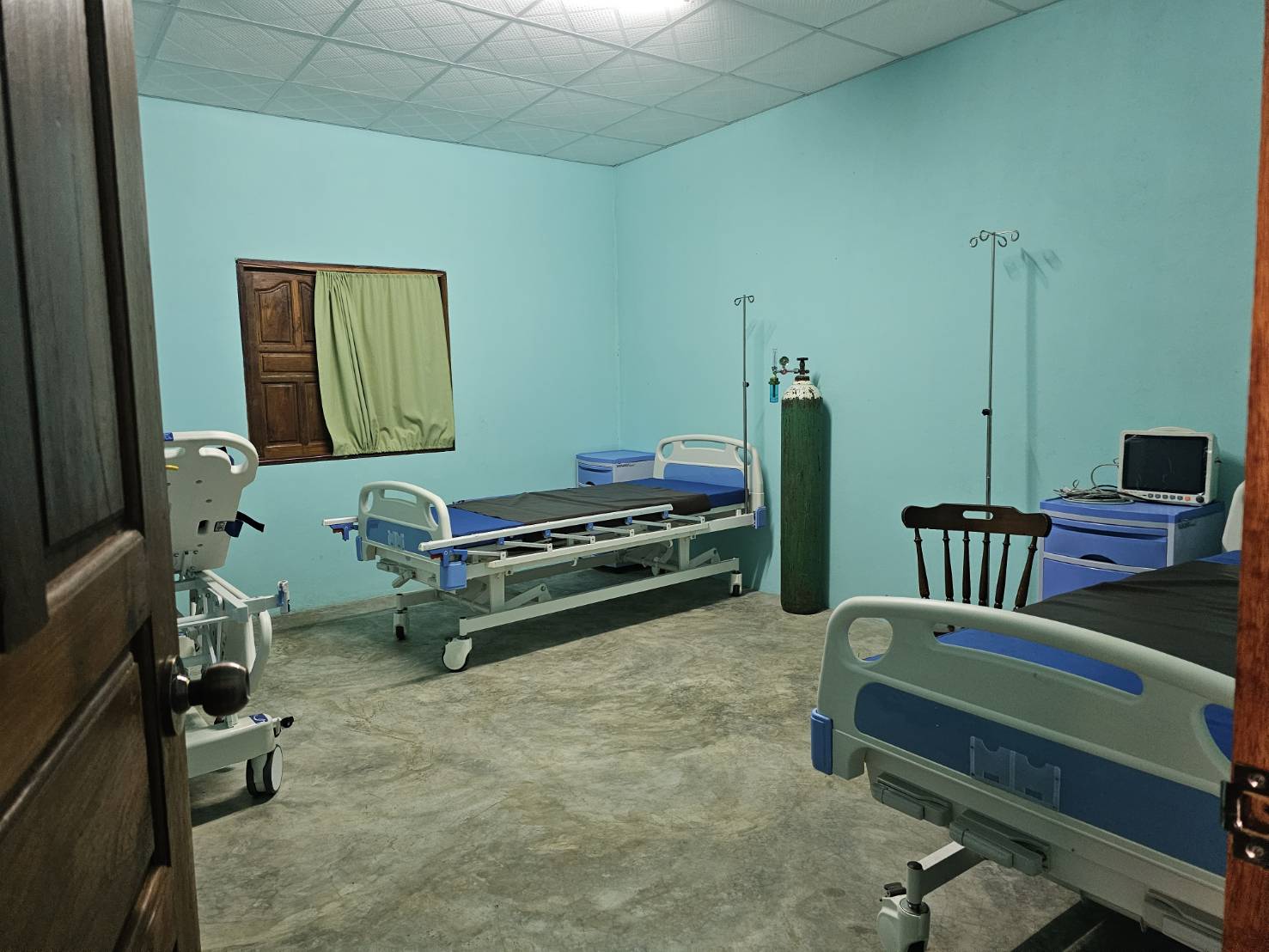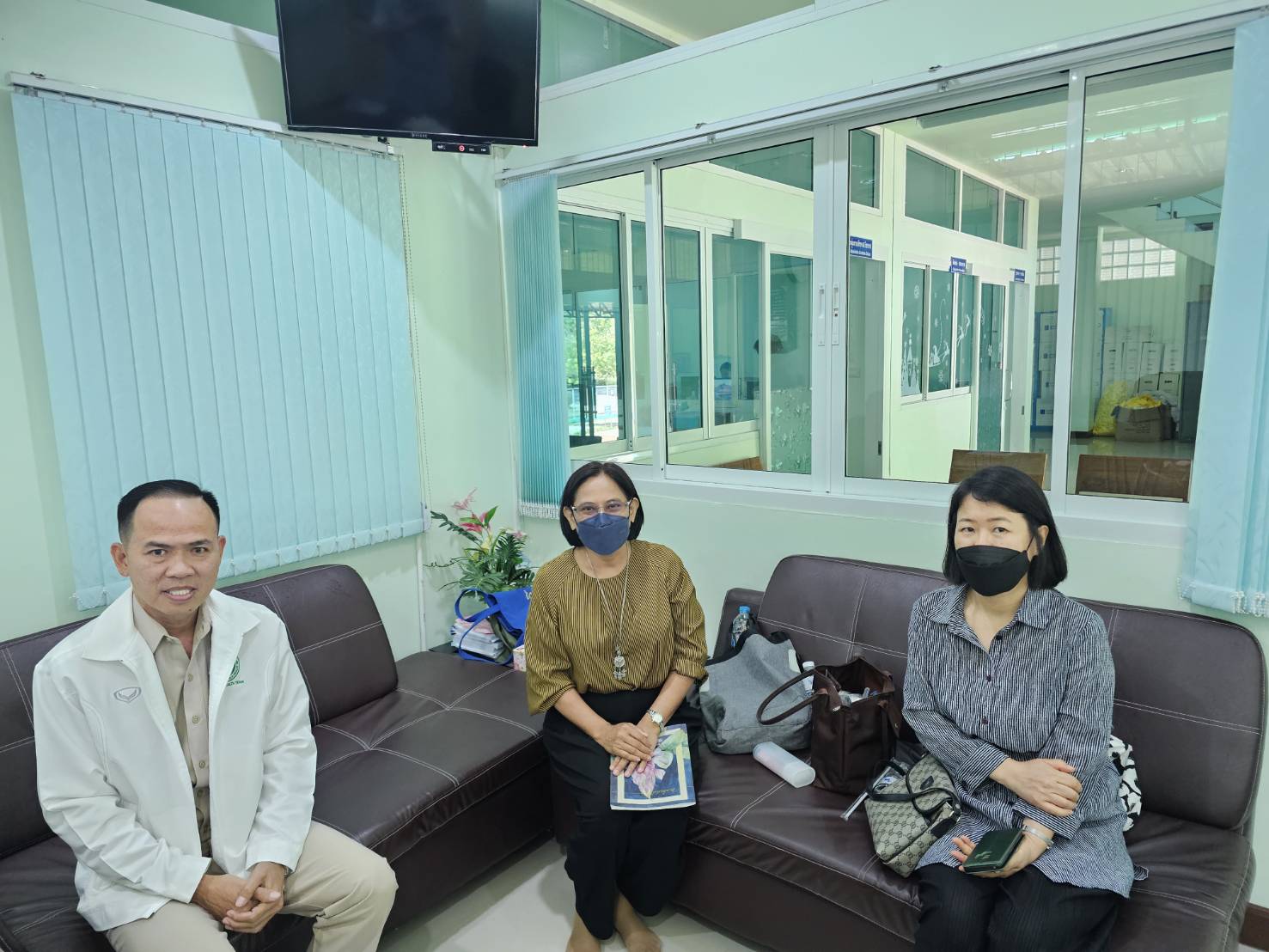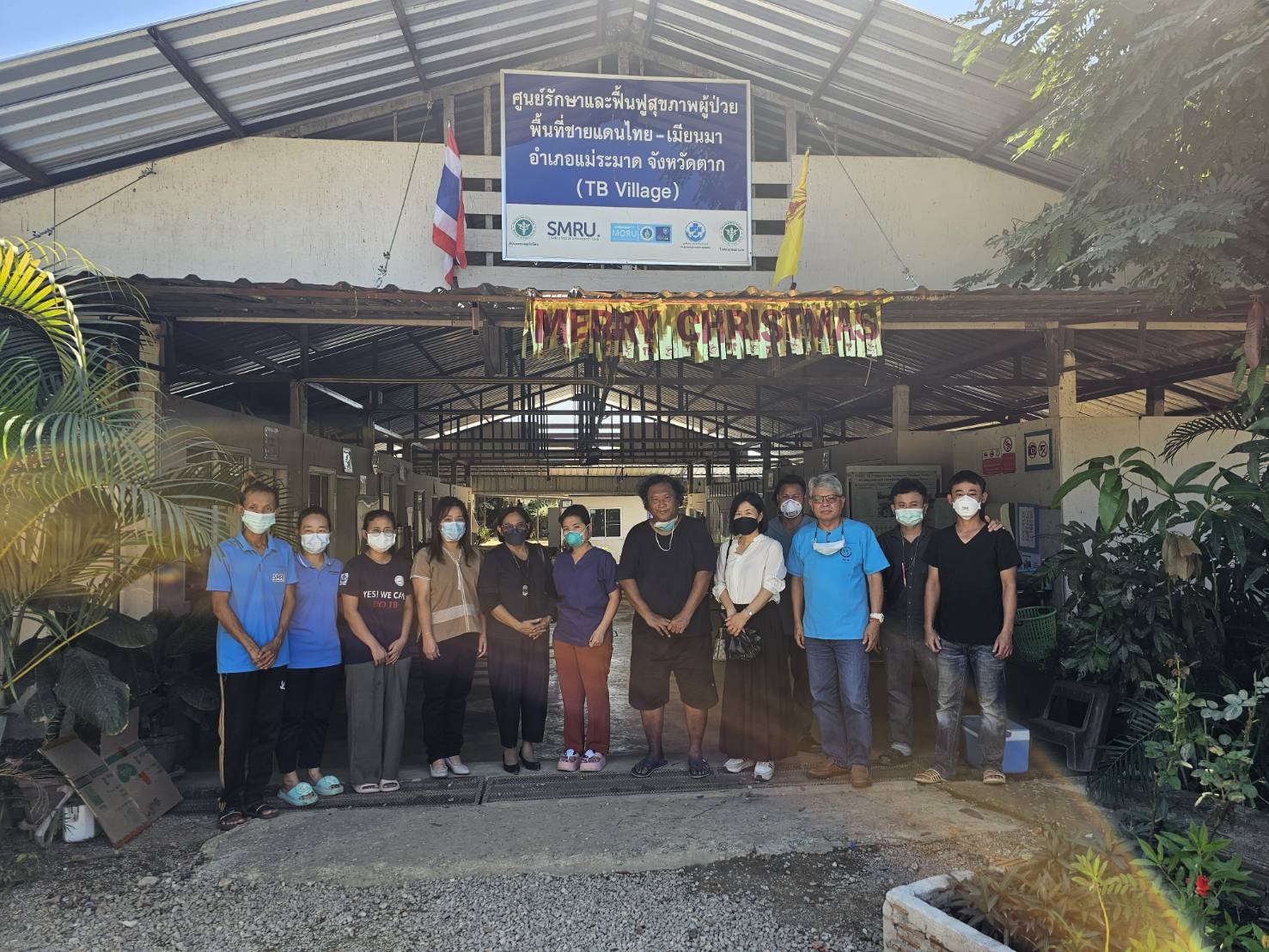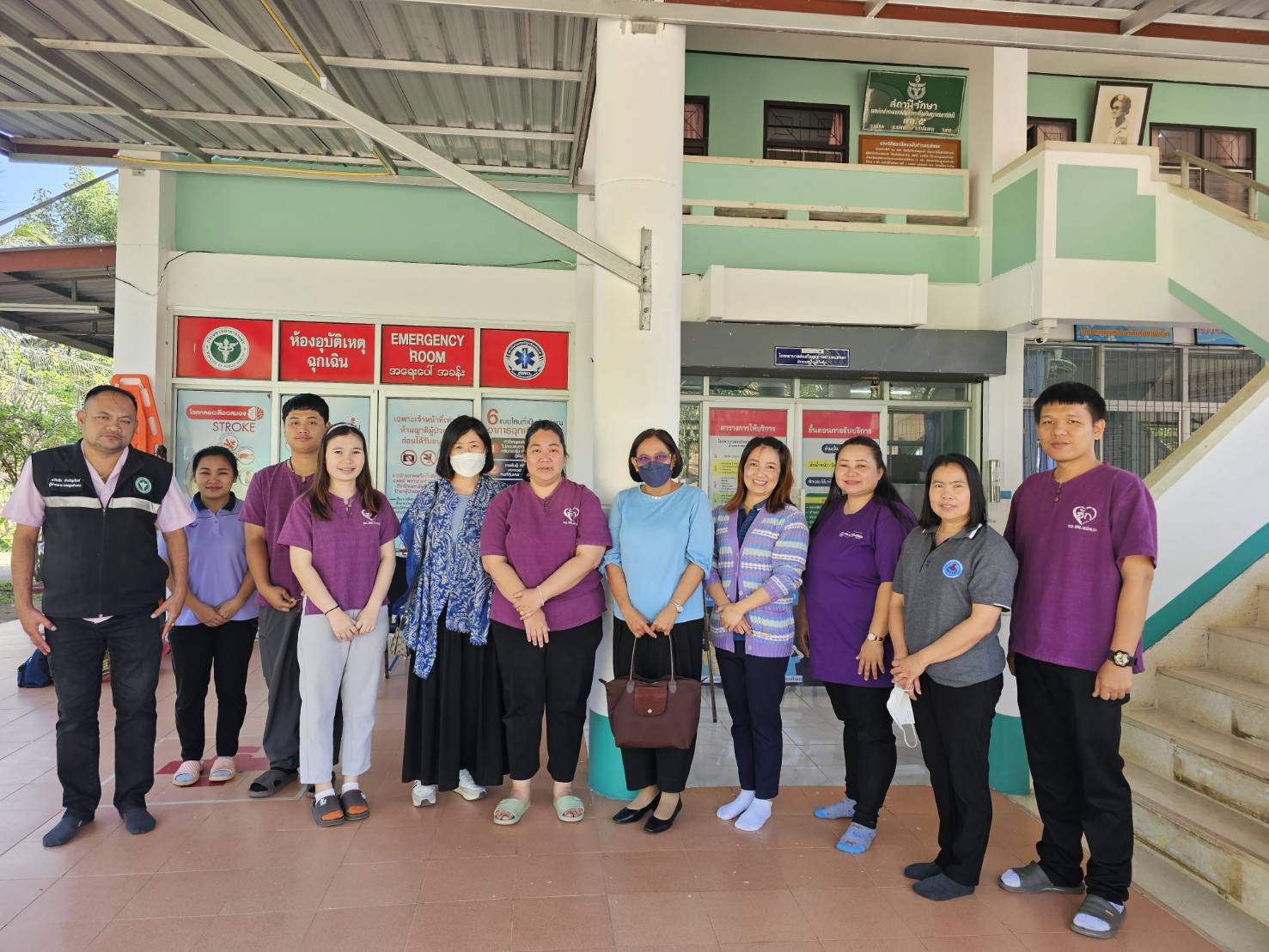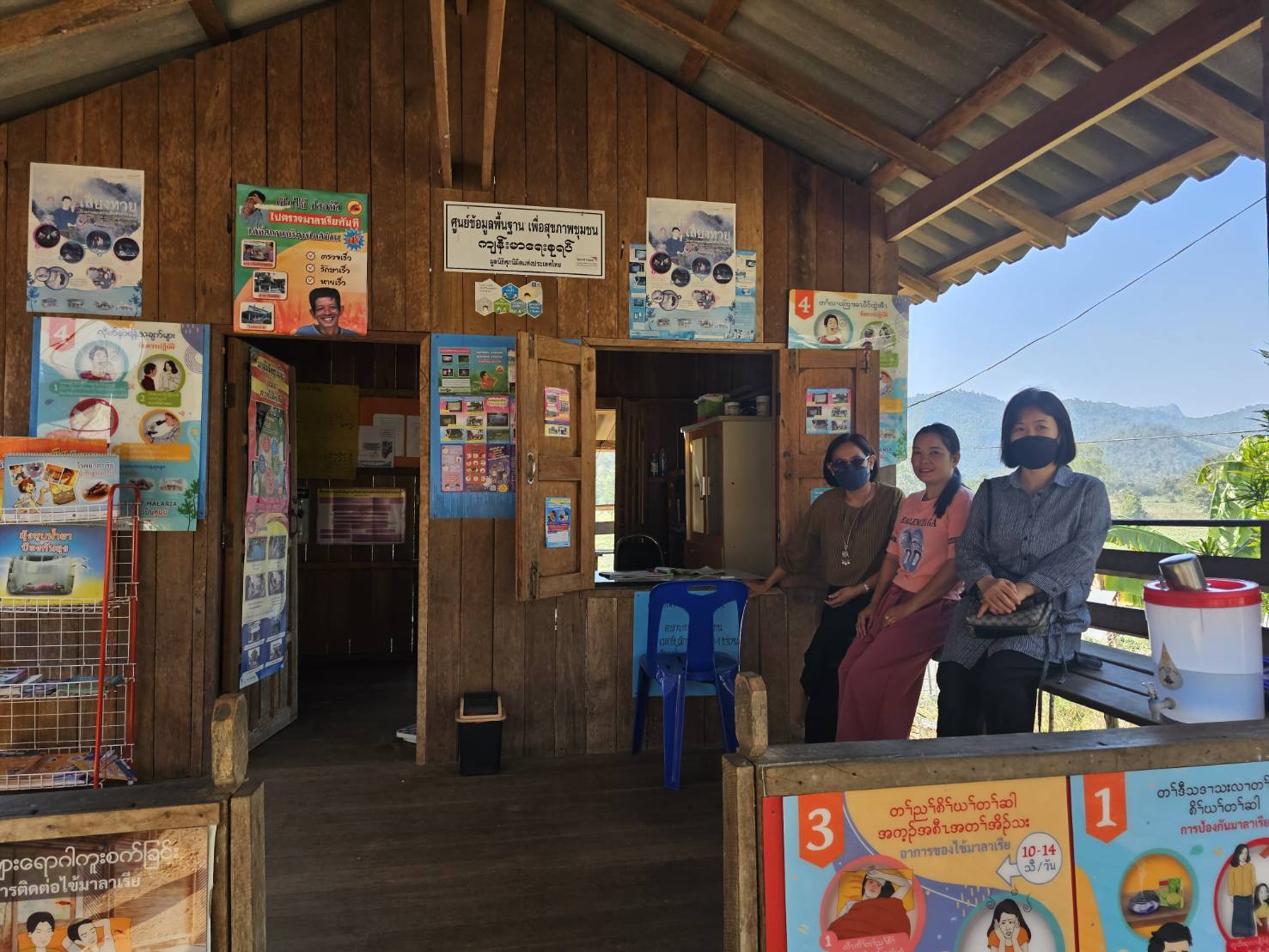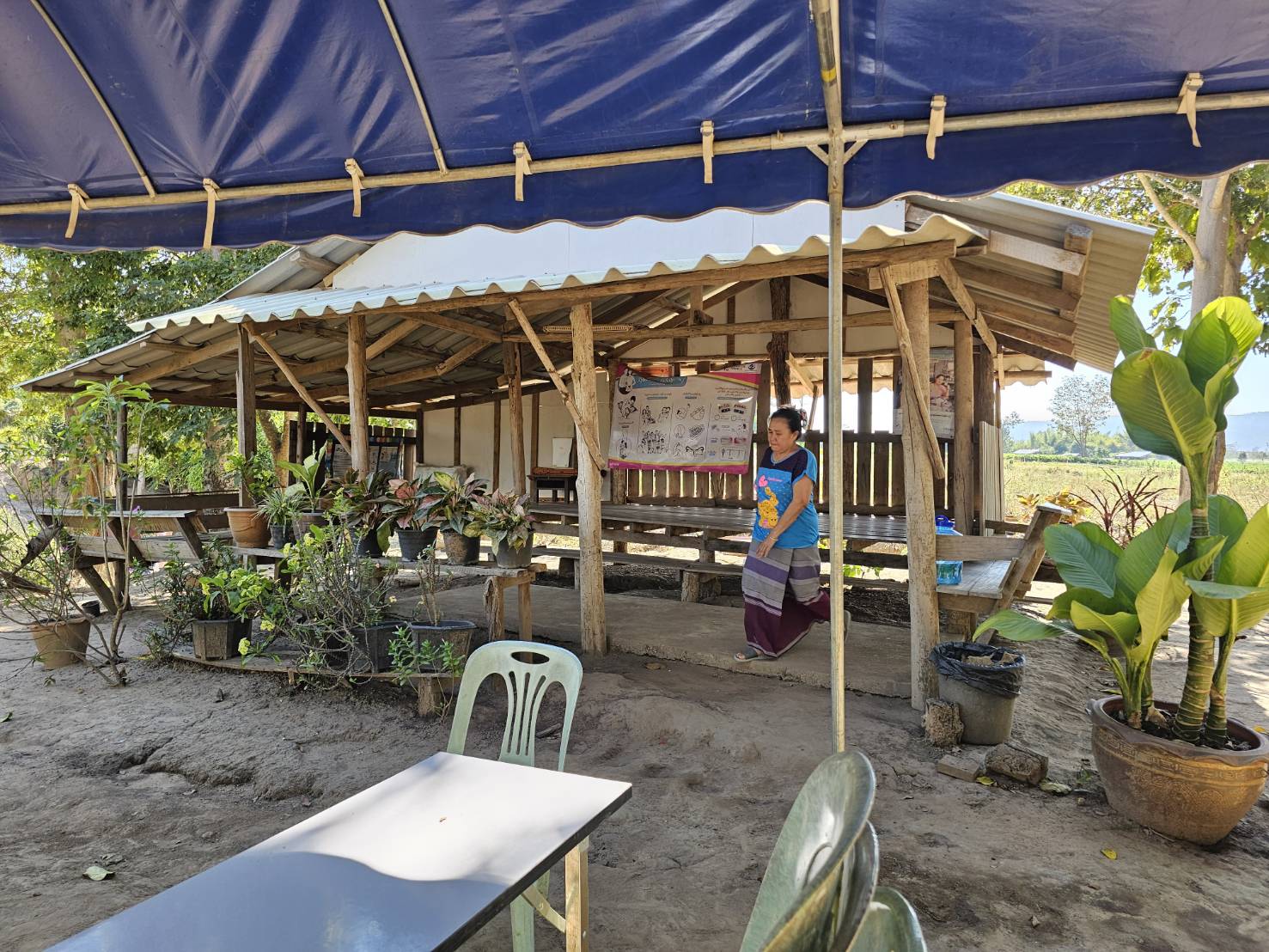The complexity of health service delivery in the Thai-Myanmar border areas of Mae Hong Son and Tak Provinces necessitates a comprehensive border health strategy to improve the efficiency and effectiveness of health services and reduce inequalities in access to healthcare.
Survey on the Current Status of Health Care and Support Needs in the Border Areas of Mae Hong Son and Tak Provinces
The Thailand-Myanmar border region has long experienced significant population mobility, particularly with the influx of Myanmar nationals into Thailand. The COVID-19 pandemic, coupled with ongoing political instability in Myanmar, has led to an increased influx of Myanmar nationals into Thailand, placing a strain on shelter areas, public health system, health conditions, and risk management of infectious diseases in the already vulnerable border provinces.
The Japan International Cooperation Agency (JICA) recognizes the health and well-being challenges faced by Myanmar immigrants along the Thai border. To address these issues,
JICA supported the ASEAN Institute for Health Development in assessing the health situation and health services in Mae Hong Son and Tak Provinces, which cater to refugees, war-displaced individuals, and cross-border migrant workers. This project aims to understand the current health conditions, identify key issues and challenges, and evaluate the impact of cross-border migration on health in these areas. This project aligns with two Sustainable Development Goals (SDGs): Goal 3, which aims to ensure healthy lives and promote well-being for all, and Goal 10, which seeks to reduce inequalities in access to health services both within and between countries. A mixed method approach was employed, incorporating analyses of secondary healthcare data from multiple sources, surveys, interviews with relevant stakeholders, and healthcare service mapping.
The findings reveal several health challenges, including endemic disease outbreaks, maternal and child health issues, health impairments arising from the consumption of low-quality products, and environmental-related diseases. Moreover, access to healthcare was hindered by topographical barriers, ineligibility for Thai public healthcare among minority and cross-border migrants, and overcrowded healthcare facilities.
Based on these findings, JICA should support the provision of essential medicines and medical equipment for tuberculosis and malaria, supply vaccines for Expanded Program on Immunization in schools along with a cold-chain system, enhance the capacity of the healthcare workforce, and establish communication channels in twin villages or twin hospitals to improve surveillance systems and preventive measures in the border areas.
-


